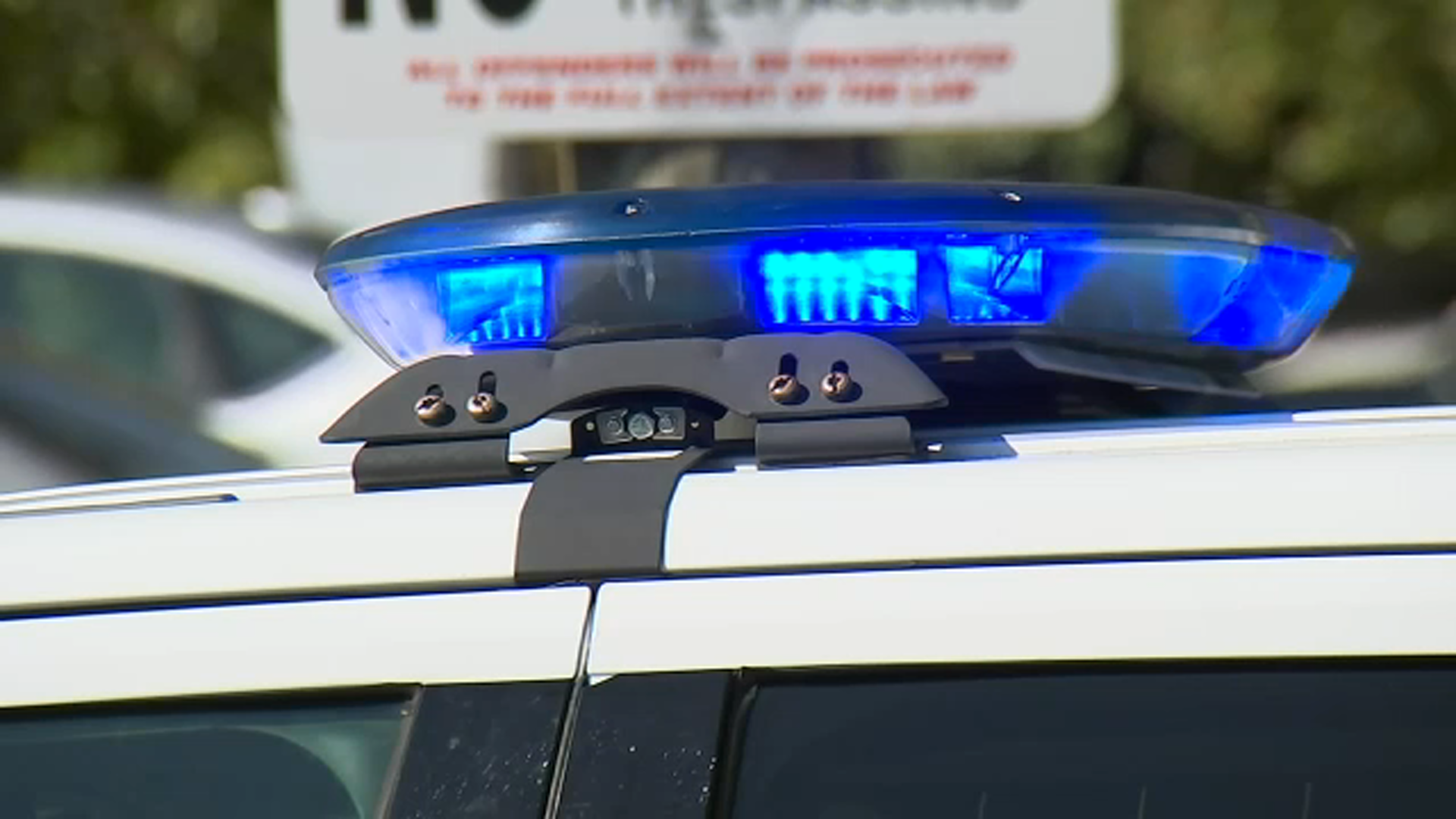Supreme Court student loan ruling could cost billions in economic impact, analysts say
While unlikely to cause a recession, it could cool consumer spending.

WASHINGTON -- The Supreme Court's decision striking down President Joe Biden's program to forgive student loan debt for about 43 million people could hurt not just individual borrowers, but also the U.S. economy, as billions of dollars of consumers' disposable income are taken out of circulation.
The ruling could spark a "modest headwind" against economic growth, Bernard Yaros, an economist at Moody's, a financial risk assessment firm, told ABC News.
"None of this is enough to tip the economy into a recession," Yaros said. "But this is no doubt a hit."
The total funds diverted to the resumption of student loan payments will come to an annualized $73 billion, or 0.27% of the United States' GDP, Moody's estimates. Biden's student loan forgiveness plan, struck down by the Supreme Court on Friday morning, would have halved that figure, according to that analysis.
Analysts at Goldman Sachs likewise project that the macroeconomic impacts of student debt cancellation would have been minor.
Thomas Simons, an economist with the equity research firm Jefferies, takes a more pessimistic position than most: he believes that the resumption of loans could be the "tipping point" that begins a recession.
"The consumer was running out of gas already, and they weren't going to be able to maintain their current pace of consumption," Simons said. "This is an additional straw on the camel's back. And it might be the one that puts us into a recession."
Jefferies' previous estimates have pegged the total cost for student borrowers at $18 billion monthly, and it projects a 2% decrease in consumer spending on non-essential goods. Simons emphasized that consumer savings have dwindled during the pandemic, which, he argues, adds precarity to the U.S. economy.
"The end of the moratorium is going to be a shock to a significant number of household budgets," writes Jefferies economist Thomas Simons. "Households have already been eating into their excess savings to maintain their preferred consumption in the face of high inflation."
In the days before the decision, the Department of Education was finalizing a safety net period that would allow borrowers greater flexibility for three months after payments resume. That transition could ease the immediate impact of the payment resumption, cooling fears of an abrupt "student loan cliff."
"That would reduce the hit to growth this year, but probably push it back towards next year, depending on how much they're able to really stretch out this transitional relief," Yaros said.
Hours after the ruling was handed down, Biden announced that the administration would create a "ramp repayment program" to help borrowers resume paying their loans in the fall.
This modest economic shock is not expected to be uniform for Americans of different incomes. The pandemic-era pause in student loan repayment made long-term borrowers much more likely to put down a mortgage on their home, improve their credit scores and reduce late payment on other bills, research from the Jain Family Institute has found. Female and minority borrowers were the largest beneficiaries of the measure, as those groups were the most likely to struggle with growing student loan debt, the report added.
Yaros characterized the shift as a "normalization" to pre-pandemic levels. Laura Beamer, a researcher with the Jain Family Institute, has found that the pandemic was the first time ever in which the highest student debt obligations decreased, rather than increased, over time. So a return to the pre-pandemic economic status quo, she said, would be "not a rosy picture at all" for borrowers.
"Before the moratorium went into effect, we were consistently seeing average and median student loan balances going up," Beamer said.
On average, Black borrowers owe 95% of their original student loans 20 years after applying for them, compared to 6% among white borrowers -- a fact Democratic congressional leaders were quick to reference in condemning the ruling.
"Working Americans who didn't get the opportunity to finish their degree and don't benefit from generational wealth deserve relief. Student debt relief is a racial and economic justice issue," said Rep. Jamaal Bowman. "The burden that student debt places on families is immense and unforgiving."
Republicans, on the other hand, pointed out the counterfactual possibility: that the student loan forgiveness plan would have caused inflation to slightly increase, thereby reducing the money in Americans' pockets.
"Iowans in 16 counties this wk told me they're hurting from 2 yrs of record-high inflation," tweeted Sen. Chuck Grassley. "The last thing they needed was a half-trillion dollar check to pay off the Biden admin student loan transfer. The reality of that plan is not only fiscally insane, it's unconstitutional."
The Supreme Court ruled on several other hot-button issues in the waning days of the term, restricting affirmative action at universities and ruling that creative businesses can refuse to serve LGBTQ+ customers due to First Amendment free speech rights.








